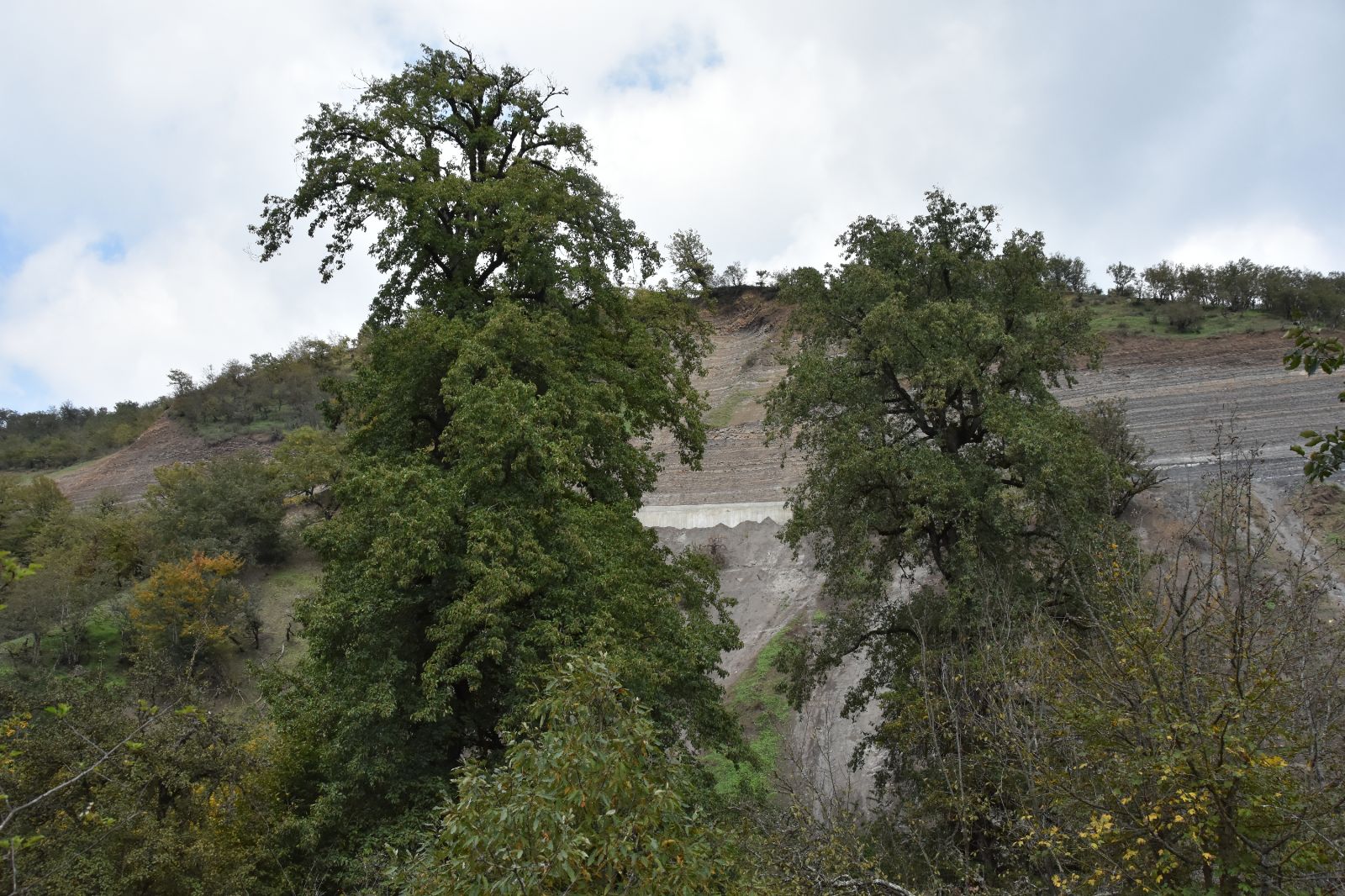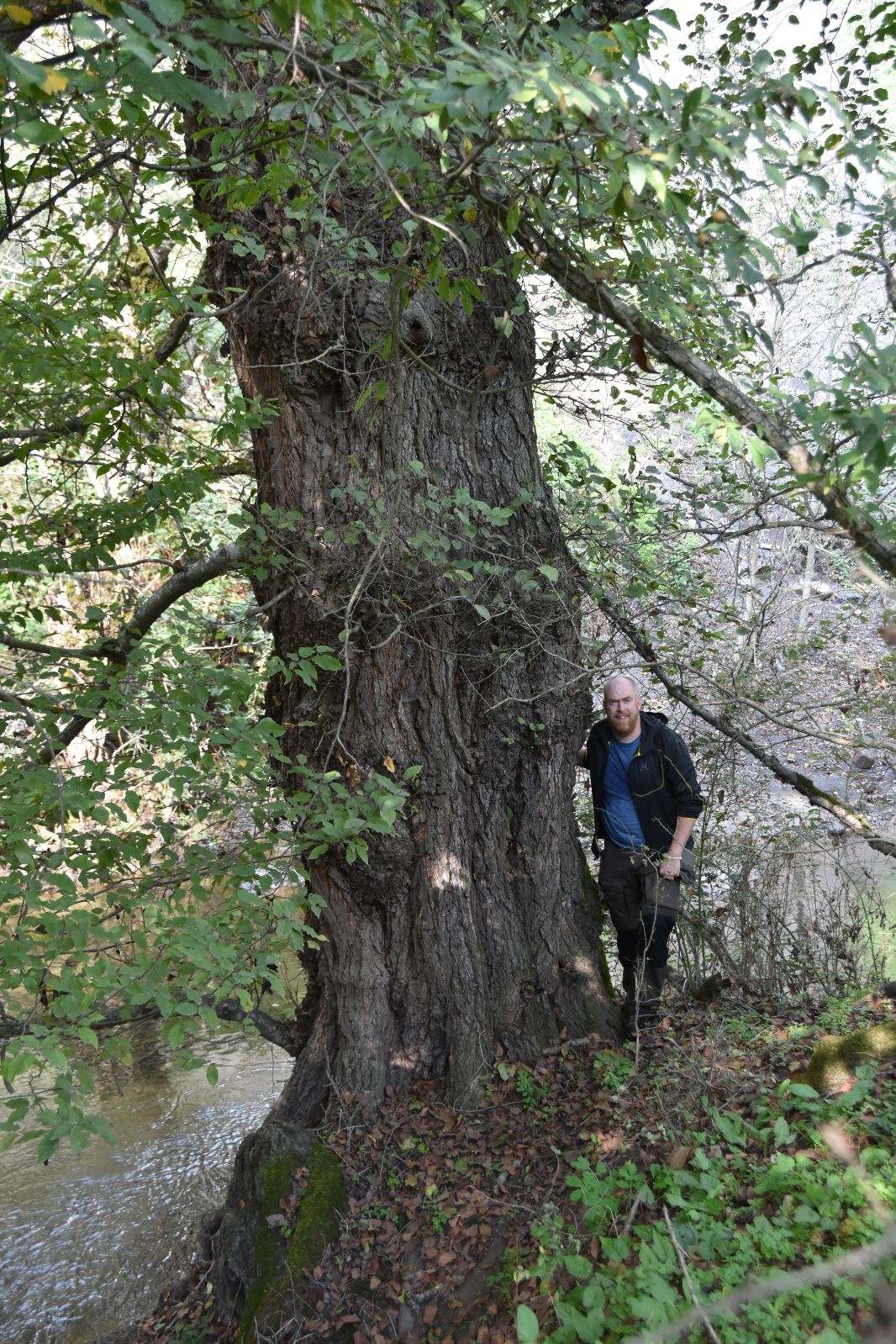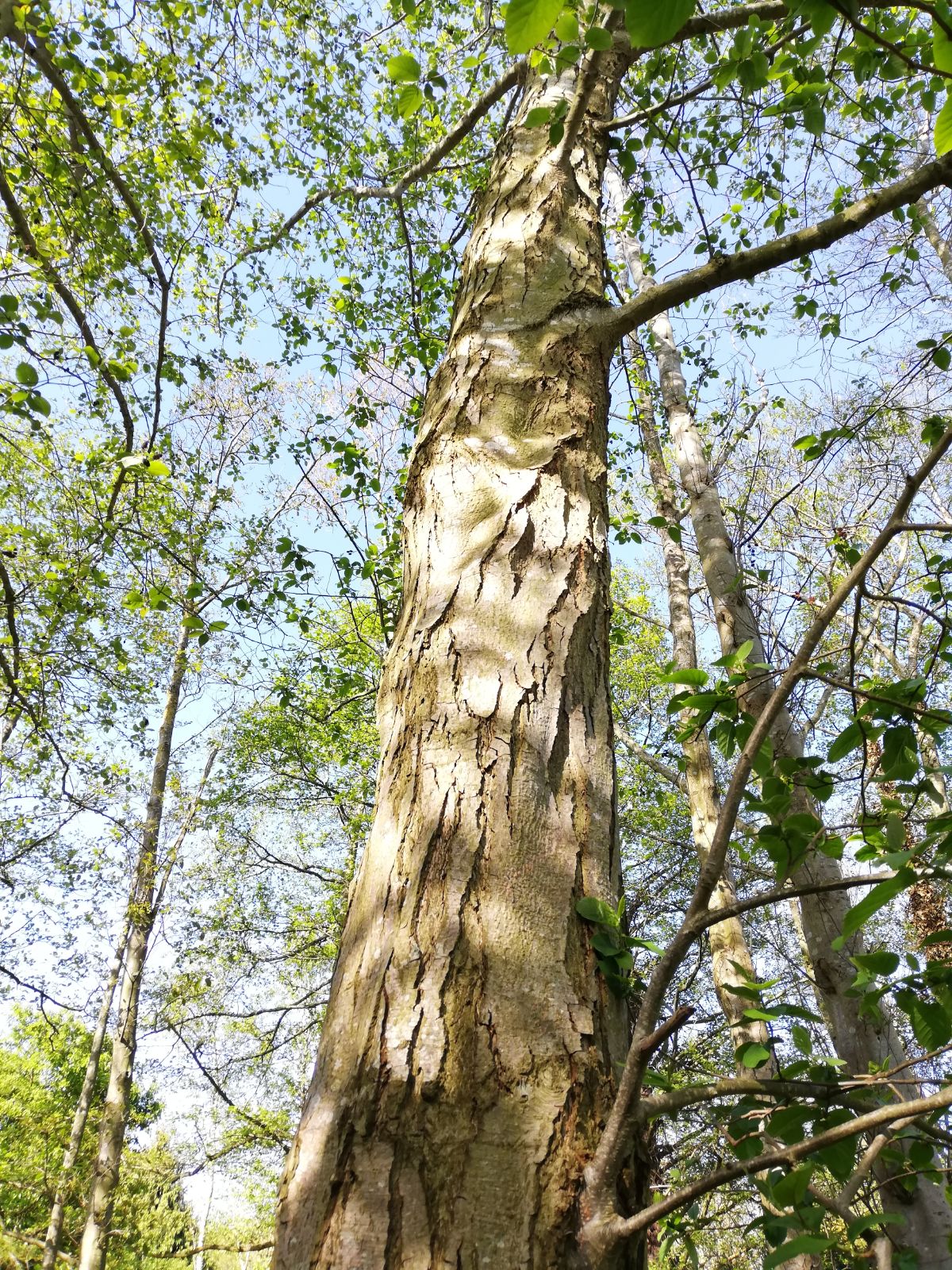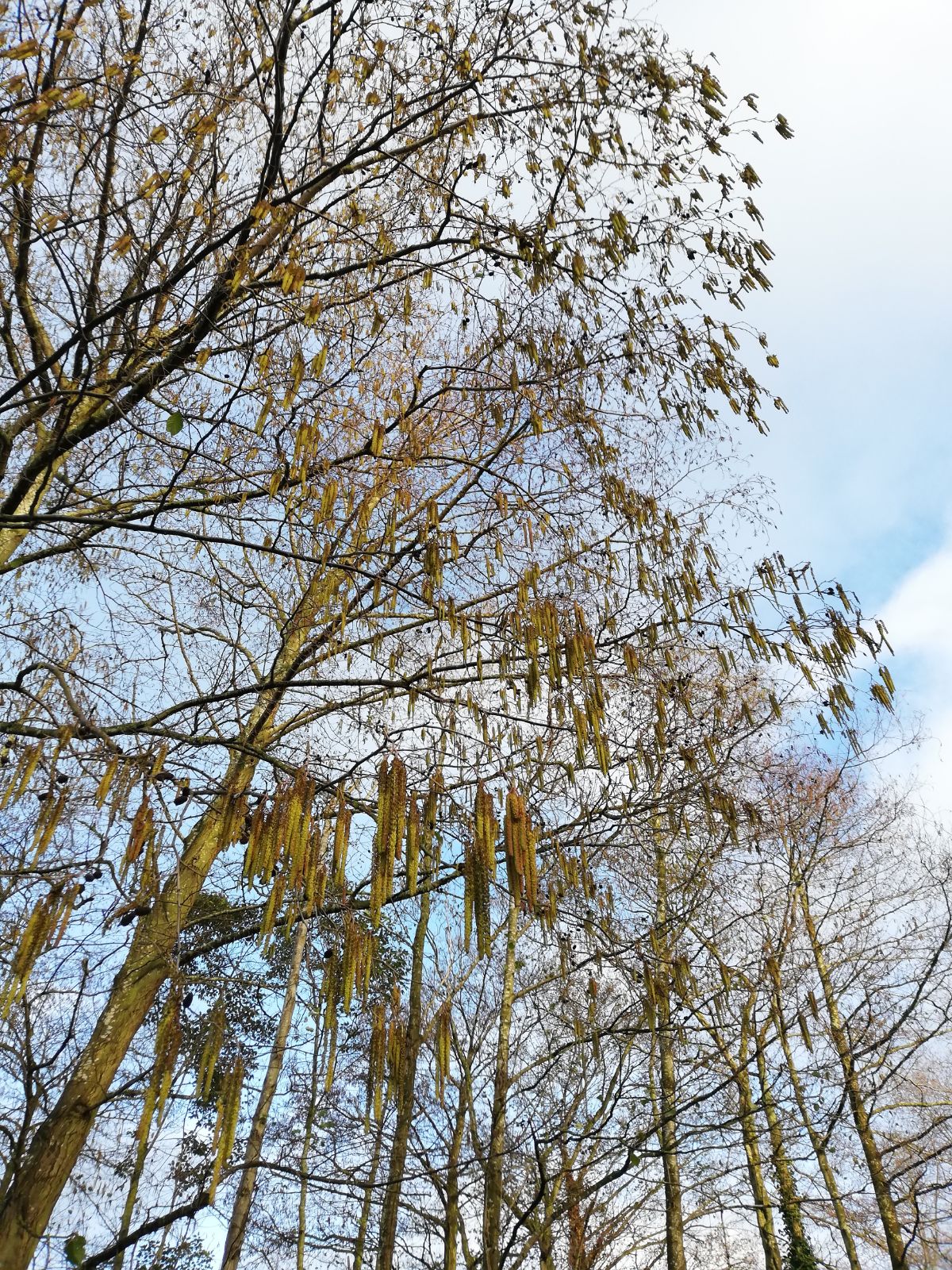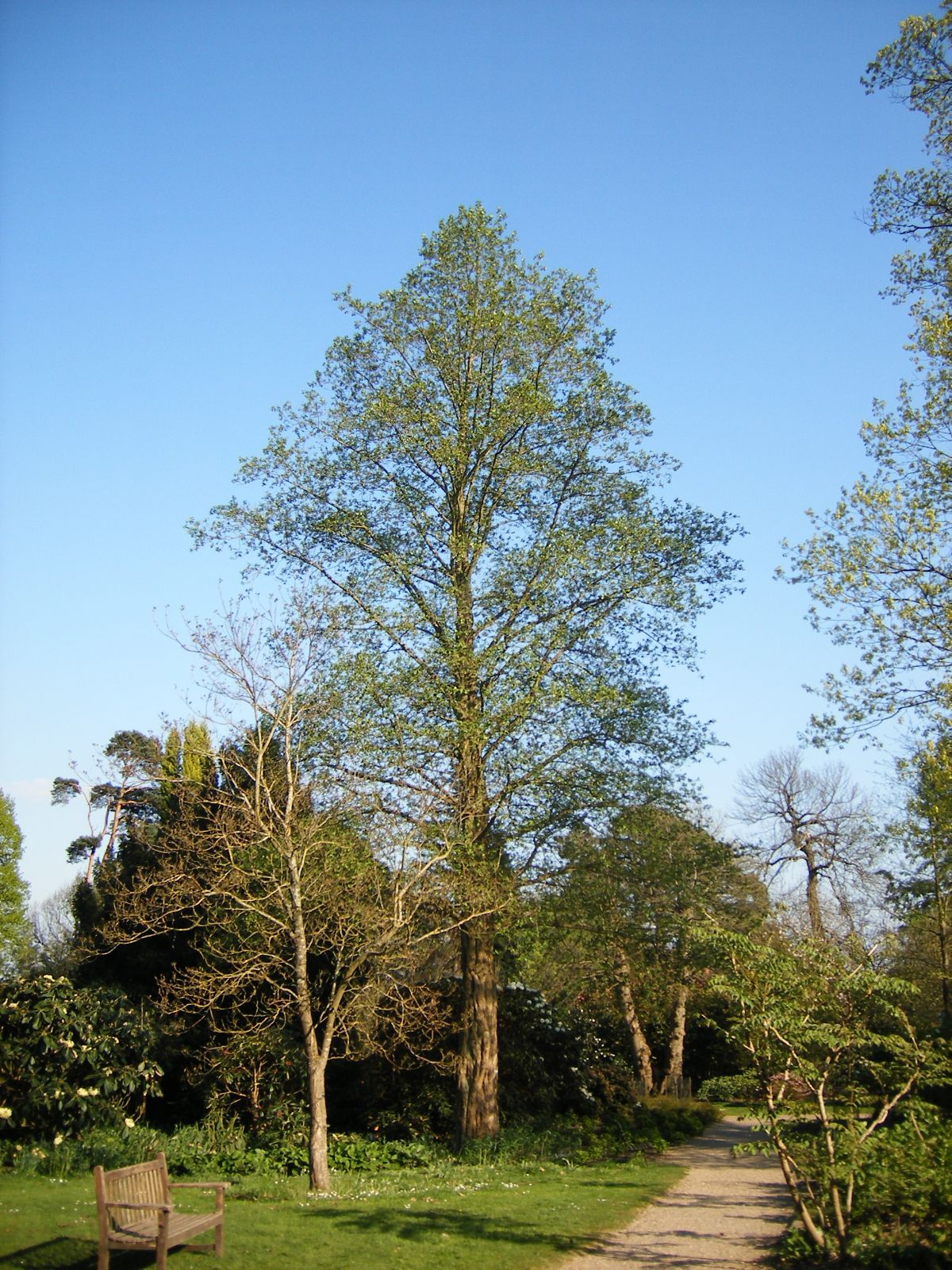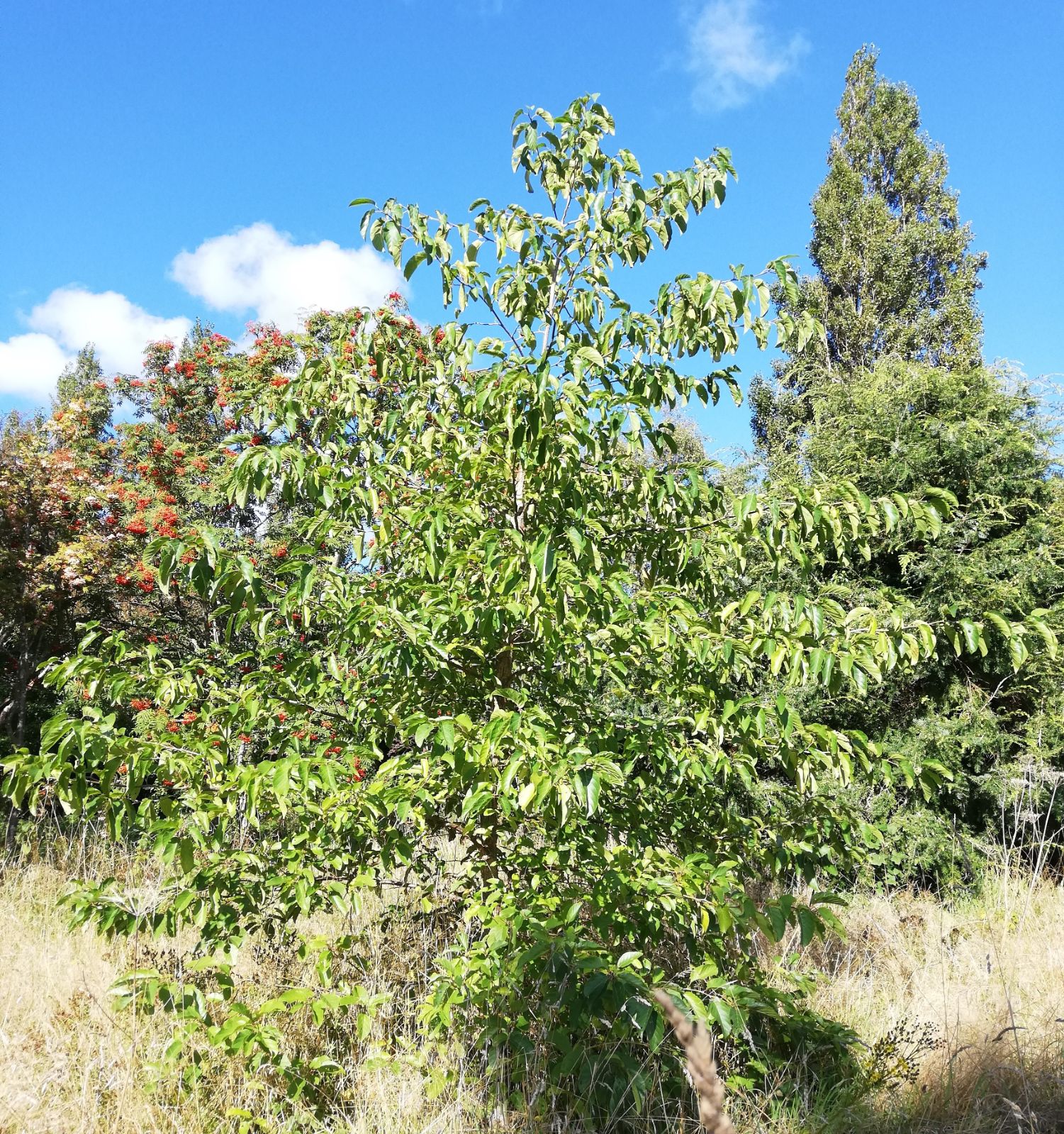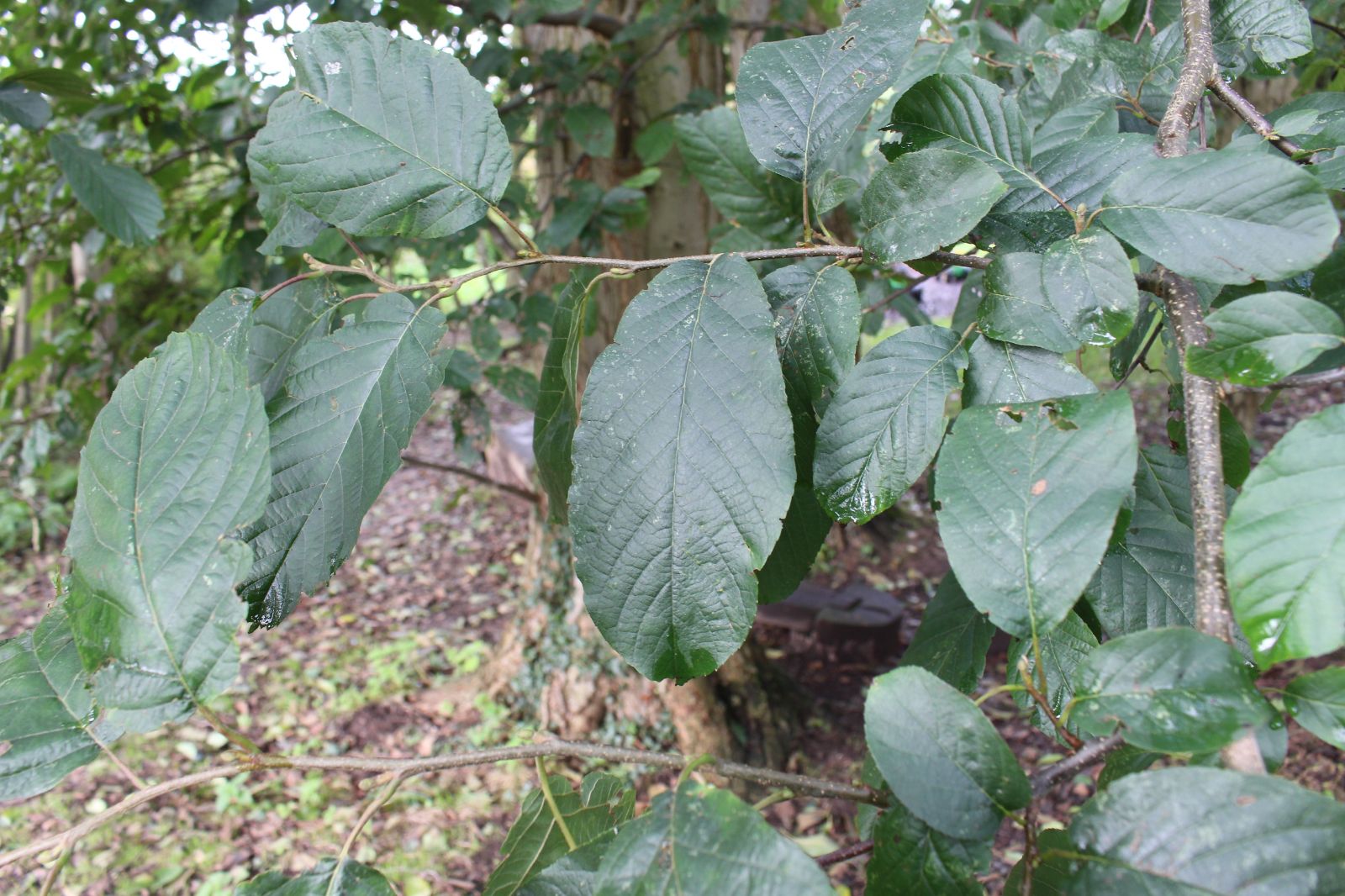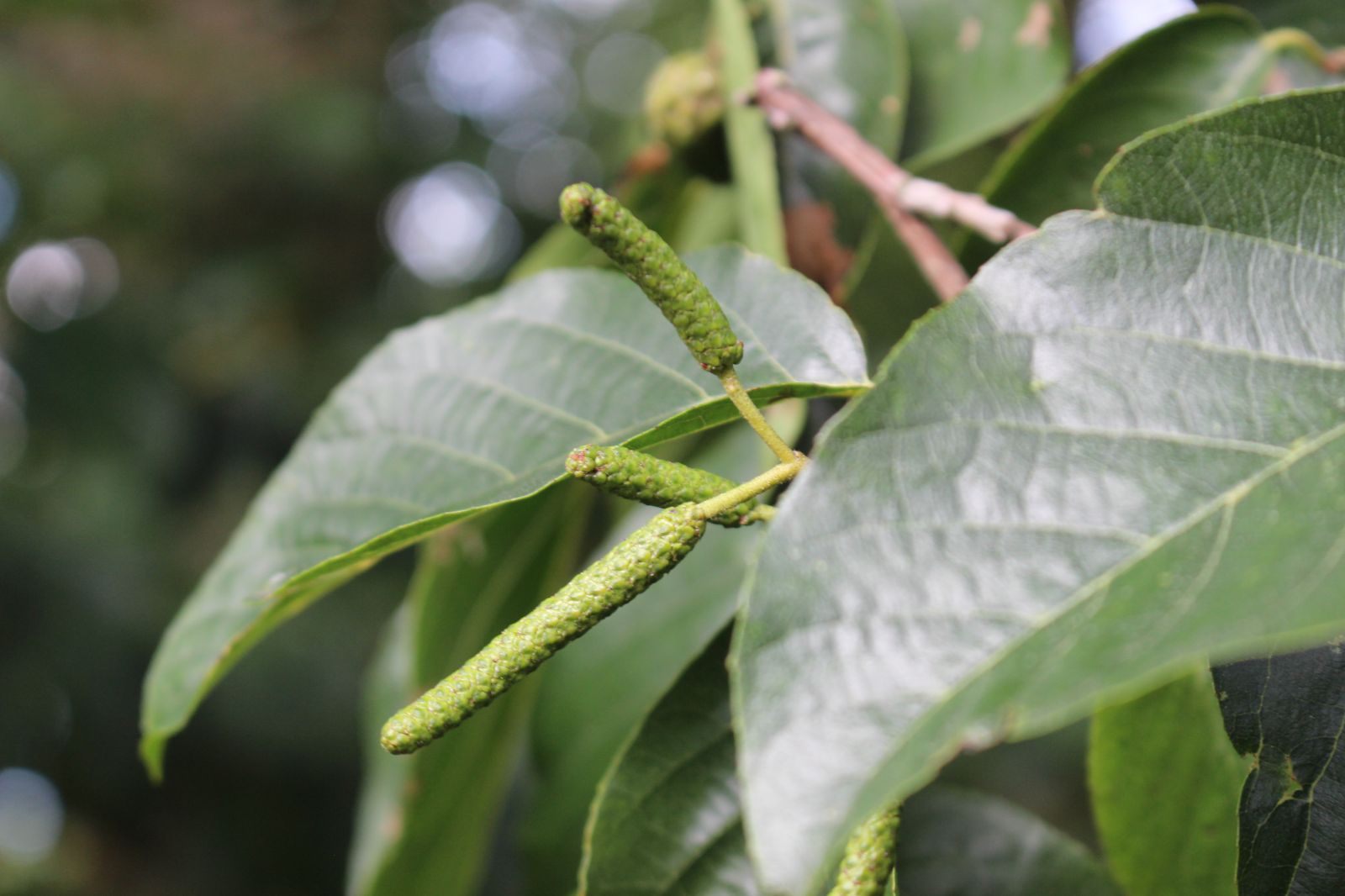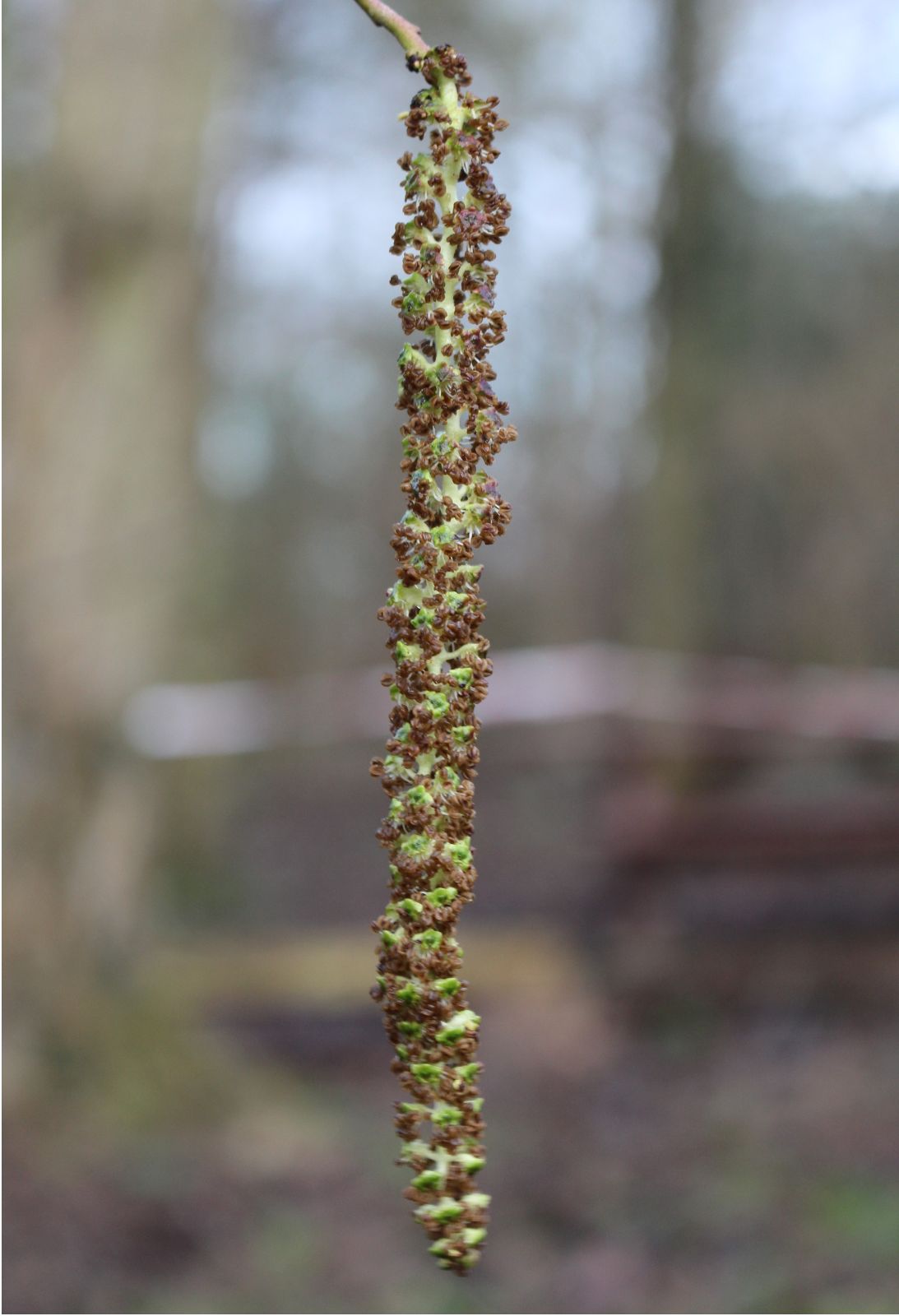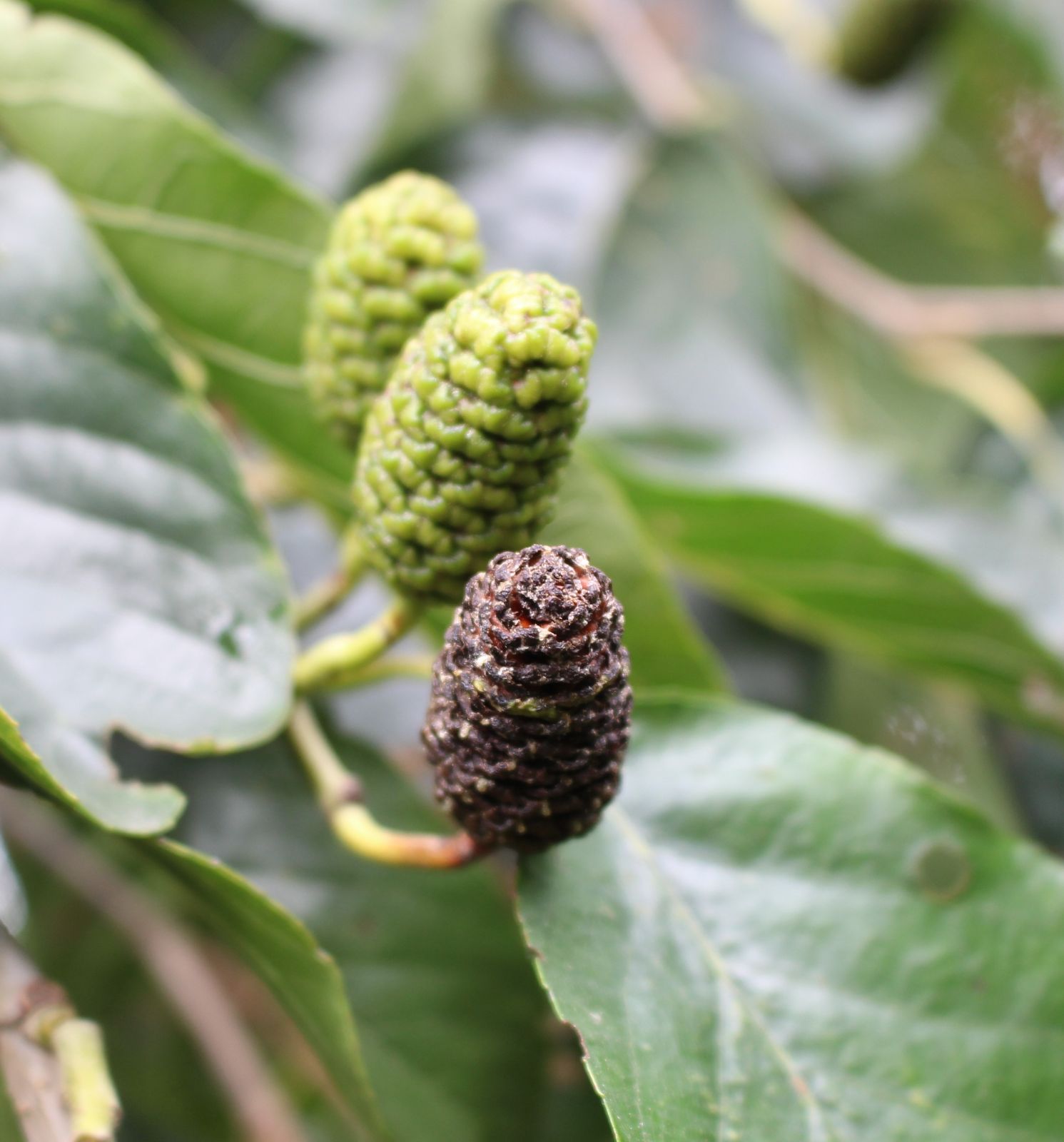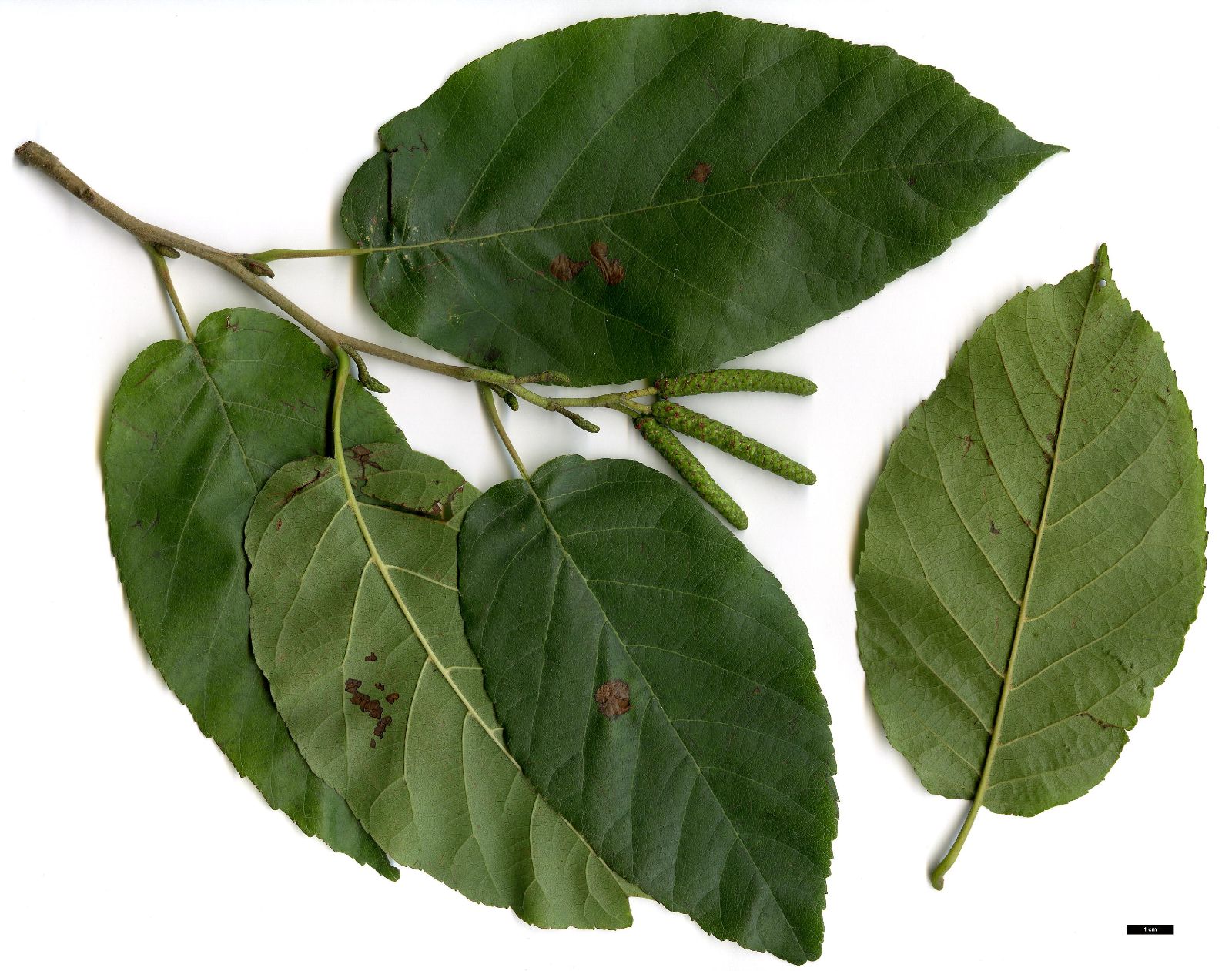Alnus subcordata
Sponsor
Kindly sponsored by
a member of the International Dendrology Society
Credits
Tim Baxter & Hugh A. McAllister (2024)
Recommended citation
Baxter, T. & McAllister, H.A. (2024), 'Alnus subcordata' from the website Trees and Shrubs Online (treesandshrubsonline.
Genus
- Alnus
- Subgen. Alnus, Sect. Japonicae
Common Names
- Caucasian Alder
Synonyms
- Alnus subcordata var. villosa (Regel) H.J.P. Winkl.
Other taxa in genus
- Alnus acuminata
- Alnus alnobetula
- Alnus betulifolia
- Alnus cordata
- Alnus cremastogyne
- Alnus djavanshirii
- Alnus dolichocarpa
- Alnus × elliptica
- Alnus × fallacina
- Alnus fauriei
- Alnus ferdinandi-coburgii
- Alnus firma
- Alnus formosana
- Alnus glutinosa
- Alnus hirsuta
- Alnus incana
- Alnus inokumae
- Alnus japonica
- Alnus jorullensis
- Alnus lanata
- Alnus lusitanica
- Alnus maritima
- Alnus matsumurae
- Alnus × mayrii
- Alnus nepalensis
- Alnus nitida
- Alnus oblongifolia
- Alnus orientalis
- Alnus pendula
- Alnus rhombifolia
- Alnus rohlenae
- Alnus rubra
- Alnus serrulata
- Alnus serrulatoides
- Alnus sieboldiana
- Alnus 'Sipkes'
- Alnus × spaethii
- Alnus trabeculosa
Upright tree to 30 m, crown oval with lax branches. Bark grey, grey-brown, coarse, sometimes fluted. Branchlets silvery grey-green, villous and terete to angled near apex. Buds green-brown, 5–9 × 2–4 mm, stipe 3–4 mm, glabrous, ovoid-elliptic, densely glandular, 3–5 imbricate scales. Leaves ovate-elliptic, 7.5–17 × 3.5–9 cm, apex acute to obtuse, base obtuse, truncate, subcordate to cordate, adaxially dark green, slightly glossy, glabrous, abaxially bright green, matt, glabrous except villous along veins and in hairy domatia, margins minutely serrate to lobulate, teeth more densely crowded and coarser towards apex, craspedodromous to semicraspedodromous, 9–12 pairs of sub-opposite lateral veins. Petiole 2–3.5 cm, thickened at base, green, glabrous to pubescent. Stipules 15–20 × 5–10 mm, elliptic-lanceolate, deciduous early in season. Staminate catkins in terminal clusters of 3–5, pendulous, 20–60 × 5–6 mm in bud, at anthesis pendulous to 160 mm long. Pistillate inflorescences catkins in 1–4 held below males, 6–7 × 2–3 mm, sub-erect, elliptic, produced in autumn, peduncle villous, to 50 mm. Fruit ovata-elliptic, 25–35 × 15–17 mm, semi-erect, dark brown to black, bracts woody, 5 × 6 mm, lobes 5, 2 reduced, antrorse. Flowering December to February (UK cultivation). (Vit et al. 2017; De Langhe 2018; T. Baxter, pers. obs.).
Distribution Azerbaijan Iran
Habitat Broadleaved Hyrcanian forests of the lower mountain zone and as a pioneeer species in riparian habitats, at elevations up to 1000 m asl.
USDA Hardiness Zone 5-9
RHS Hardiness Rating H7
Conservation status Least concern (LC)
Caucasian Alder is an endemic species of the Hyrcanian forests of northern Iran and eastern Azerbaijan. It occurs on wet soils at high altitude, typically above 800 m asl alongside Fagus orientalis and Acer velutinum. This region is well documented as being an important glacial refugium for many plants and animals, and Alnus subcordata is one of several relict species indigenous here. It is a distinctive species and is readily identifiable from its closest relatives, particularly in being the first alder to flower in the winter season. It has its greatest affinities with other taxa described from the same region, especially the sympatric A. djavanshirii, A. glutinosa subsp. barbata, and A. orientalis, but also the Mediterranean A. cordata and the west Himalayan A. nitida, relationships supported by molecular cladistics (Ren, Xiang & Chen 2010; Chen & Li 2004; Colagar et al. 2016).
Although a variety has been described (var. villosa (Regel) H.J.P. Winkl.), its merit is rather dubious (Colagar et al. 2016) and it is here considered synonymous with the type. Caucasian Alder is unlikely to hybridise with other species due to its unique phenology, except in exceptional circumstances. However, there is some speculation as to how it interacts with other sympatric taxa, especially the newly named Alnus djavanshirii that occurs in the middle of the range for A. subcordata, the main distinction being in the degree of hairiness of the branchlets (Zare & Amini 2012; Colagar et al. 2016). Caucasian Alder has been recorded as polyploid, with diploids, triploids and tetraploids (Rice et al. 2015) suggesting misidentification or a more complex taxonomy yet to be understood.
Alnus subcordata is most easily confused with A. cordata, A. orientalis and A. djavanshirii. All have an upright habit and leathery leaves held until late autumn with simple toothing. A. subcordata can be distinguished from A. cordata by the leaves typically larger, often twice the size, hairy young twigs and earlier flowering, from December to February. A. orientalis has leaves that are lobed, flat and thin; smaller flowers and cones; and a later flowering time. A. subcordata is most closely related to the recently described A. djavanshirii, but that species can be distinguished by its glabrous twigs, leaf apices that are more narrowly pointed (acute to caudate), shorter male inflorescences at anthesis and a later flowering time (February to March). There are also some similarities to A. nitida, but this is an autumn-flowering species with smaller cones and lax inflorescences.
Caucasian Alder is one of the most useful – and underplanted – of all alders. It is an attractive tree with large leaves, an upright oval crown with rather lax branches that is most beautiful in flower over winter, typically from December through to late January in the UK. Although most male catkins are brown-yellow at anthesis, the occasional red-flowered plant also occurs. It grows best in wet soils and can grow as much as 3–4 m in one season in ideal conditions. It is also exceedingly drought tolerant, and a single plant at Ness planted in 20 cm of very dry soil grew well with no ill effect apart from reduced growth rates of 20–30 cm per year. It was first introduced to cultivation in the UK as seed to the Birmingham Botanic Garden in 1838 and has been reintroduced numerous times since, including to Kew by Fliegner and Simmons in 1977, from the Elburz mountains. Both seed and seedlings were collected, and one of the latter was planted by the lake in 1978. It grows there still and was 21 m tall in 2022 (Tree Register 2022). Another famous introduction from Iran was by Ann Ala and Roy Lancaster in 1972. Many other examples exist, for example at Stone Lane Gardens, RBG Edinburgh and Cambridge Botanic Garden; the tallest is at Whitfield, Herefordshire (31 m in 2018 – Tree Register 2022). It is grown more rarely in continental Europe and North America, but examples exist at collections including at the Holden Arboretum, Gothenburg Botanic Garden, and ELTE Botanical Garden, Budapest.

